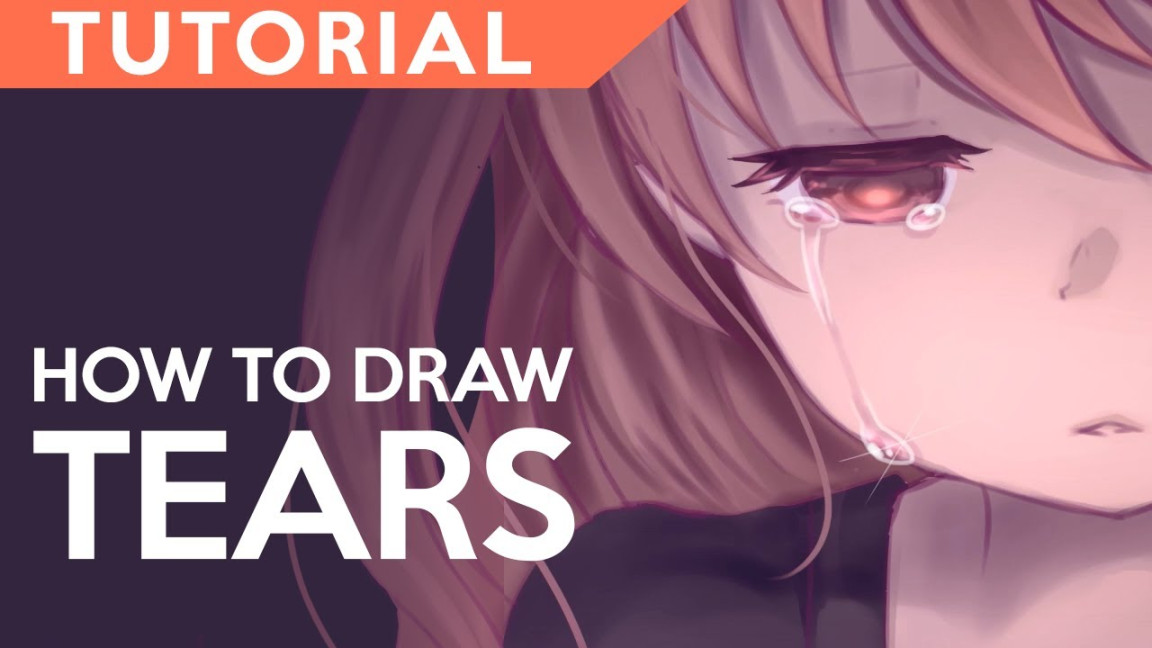How to Draw Anime Tears
What do you mean by anime tears?
Anime tears are a common artistic device used in anime and manga to convey intense emotions such as sadness, joy, or relief. They are typically depicted as large, expressive tears that flow down a character’s face, often accompanied by a dramatic facial expression.
How to draw anime tears

Drawing anime tears can be a challenging task, but with practice and the right techniques, you can create realistic and emotional tears for your characters. Below are some steps to help you master the art of drawing anime tears.
What is known about anime tears?
Anime tears are typically drawn in a stylized manner, with exaggerated size and shape to convey the intensity of the character’s emotions. They can be drawn as single tears or in a cascading effect, depending on the emotion being portrayed. Anime tears are often accompanied by a flushed face, clenched fists, or a pained expression to emphasize the character’s emotional state.
Solution for drawing anime tears
To draw anime tears, start by sketching the basic outline of the tear shape on the character’s face. Use a soft pencil or digital drawing tool to create a gentle, flowing line that starts at the inner corner of the eye and extends down the cheek. Add details such as small droplets, shimmering highlights, or a quivering lower lip to enhance the emotion of the tears.
Information on drawing anime tears
When drawing anime tears, pay attention to the character’s facial features and expression to accurately convey their emotions. Experiment with different tear shapes, sizes, and placements to find the most impactful design for your character. Practice drawing tears in various situations, such as happy tears, sad tears, or tears of relief, to develop your skills and create realistic emotional depictions in your artwork.
How to draw anime tears in casual English
To draw anime tears in a casual English style, focus on capturing the character’s emotions and conveying them through simple, expressive tears. Use bold lines and soft shading to create a dynamic and emotional effect, and experiment with different tear shapes and sizes to find the right style for your character. Practice drawing tears in various situations to enhance your skills and create authentic emotional expressions in your artwork.
Conclusion
Drawing anime tears is a powerful way to convey emotions in your artwork. By practicing different tear shapes, sizes, and placements, you can create realistic and impactful tears that enhance the emotional depth of your characters. Experiment with different styles and techniques to find the right approach for your artwork, and don’t be afraid to express your creativity and emotions through your drawings.
FAQs
1. Can I draw anime tears in a different style than traditional anime?
Yes, you can experiment with different styles and techniques to create unique and personalized anime tears in your artwork.
2. How can I make my anime tears look more realistic?
To make your anime tears look more realistic, pay attention to details such as shading, highlights, and facial expressions to enhance the emotional impact of the tears.
3. Are there any tutorials available for drawing anime tears?
Yes, there are many online tutorials and resources available that can help you improve your skills and learn new techniques for drawing anime tears.
4. Can I use digital drawing tools to create anime tears?
Yes, digital drawing tools can be a great way to create precise and detailed anime tears, allowing you to experiment with different styles and effects in your artwork.
5. How can I practice drawing anime tears?
You can practice drawing anime tears by studying references, experimenting with different tear shapes and sizes, and creating emotional scenarios to enhance your skills and creativity in drawing tears.